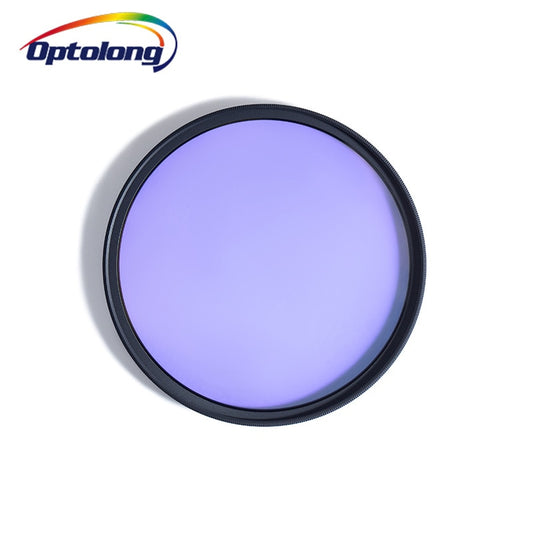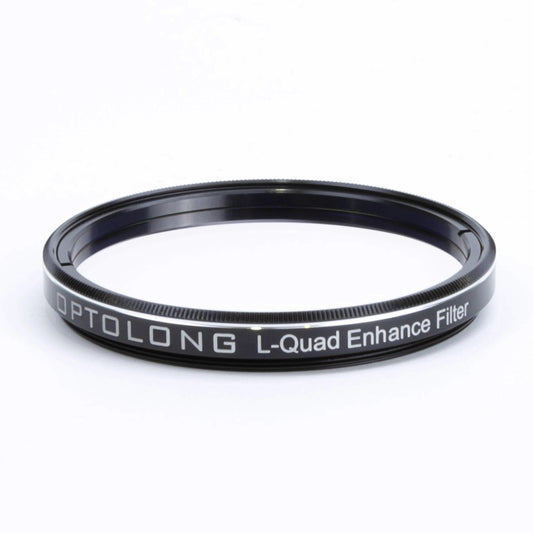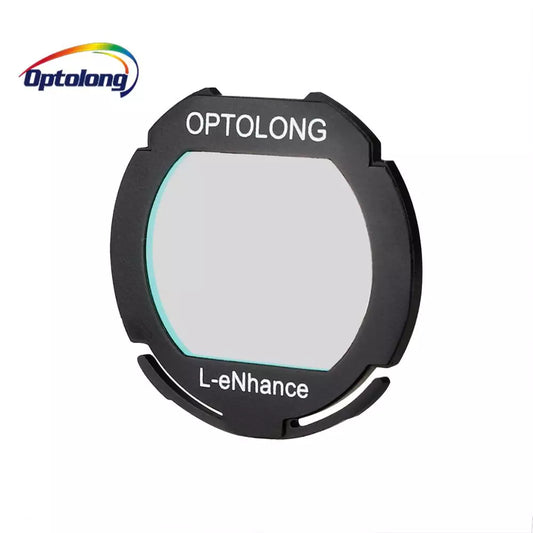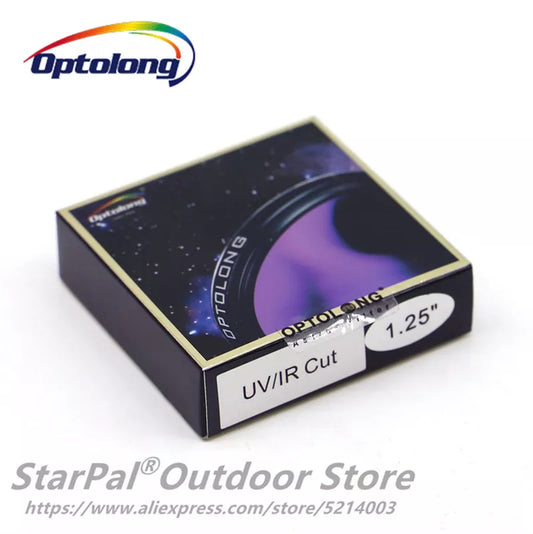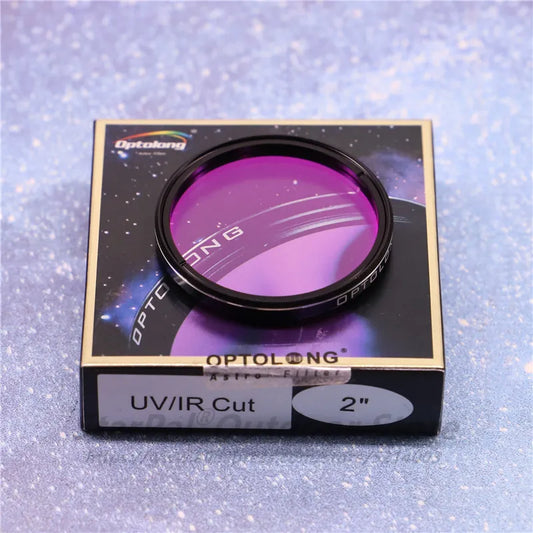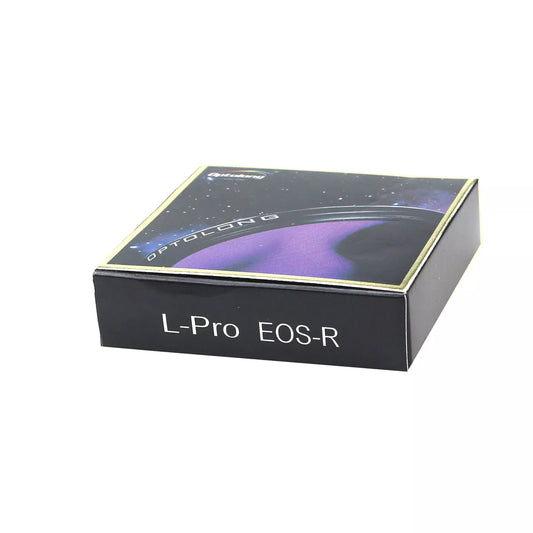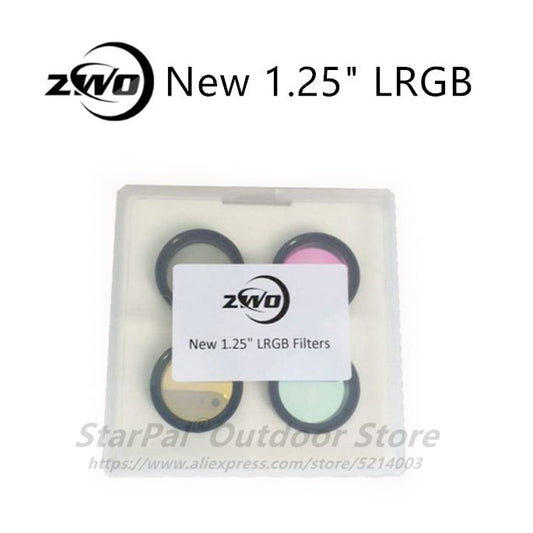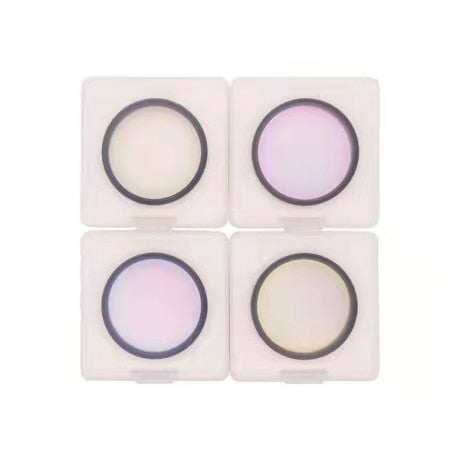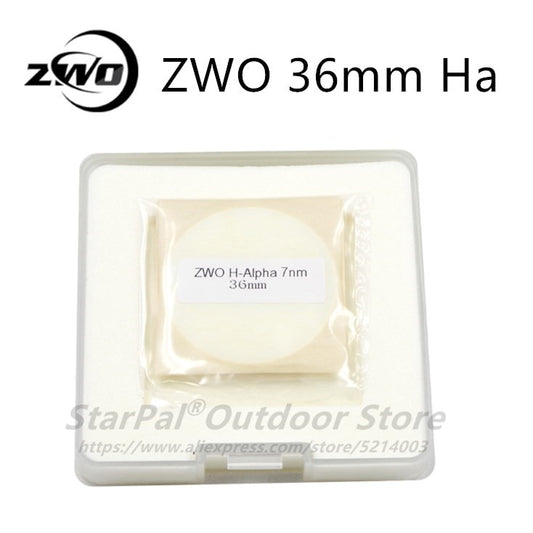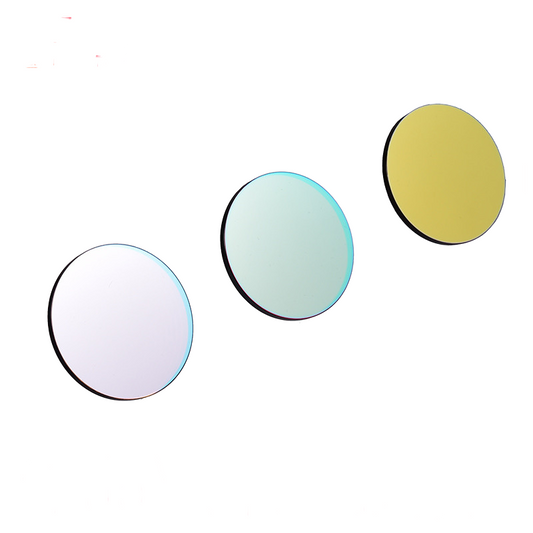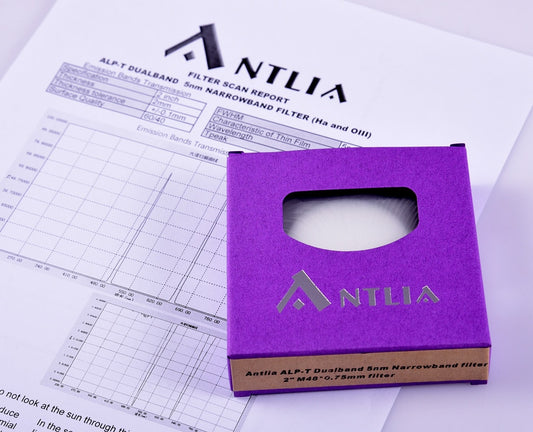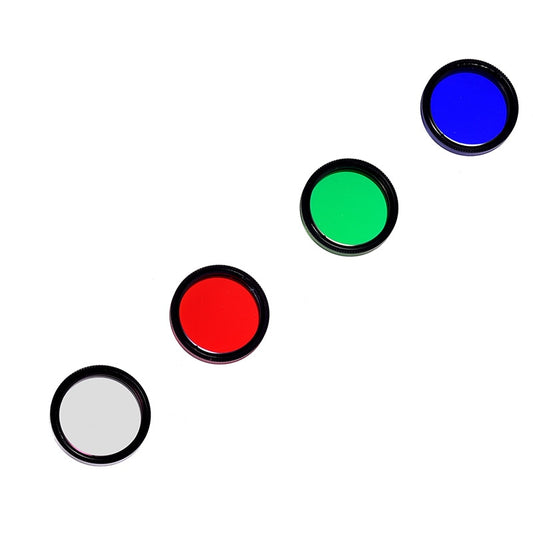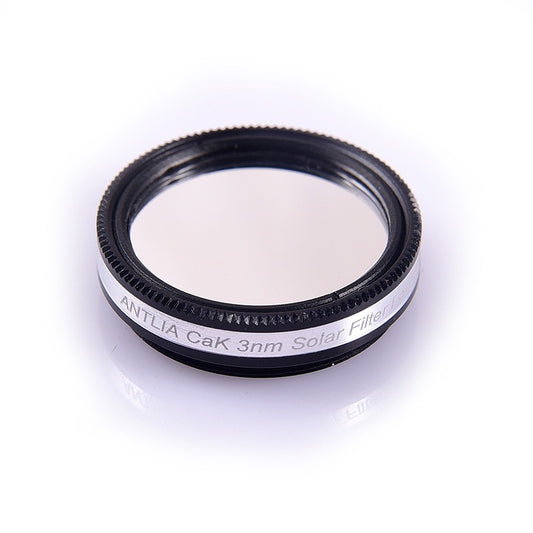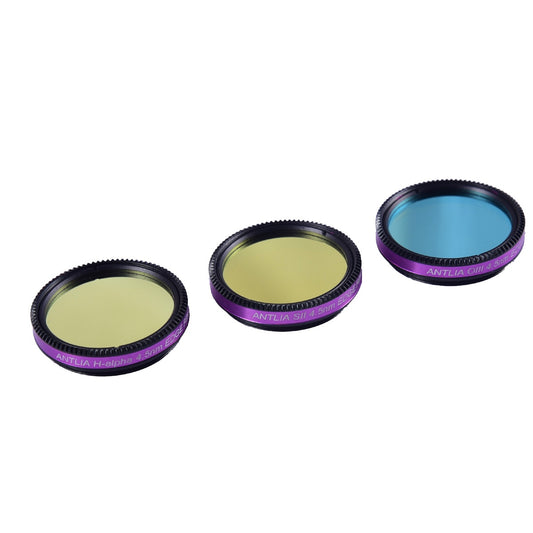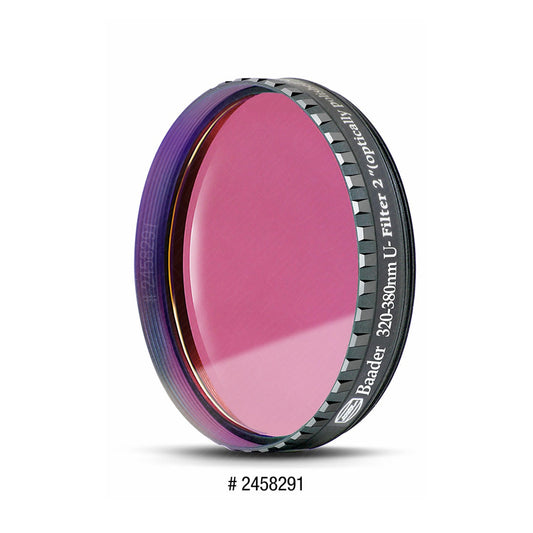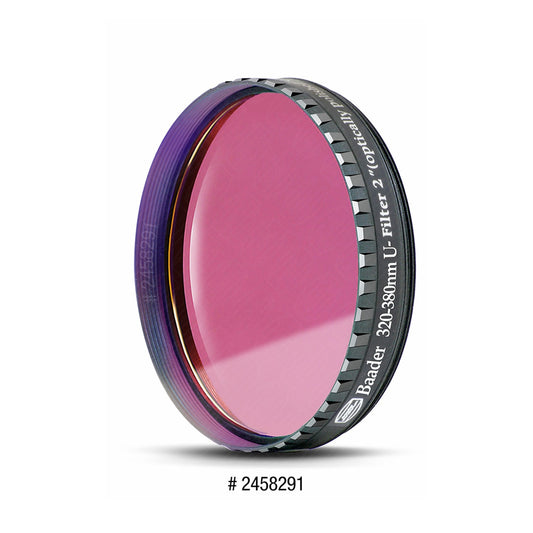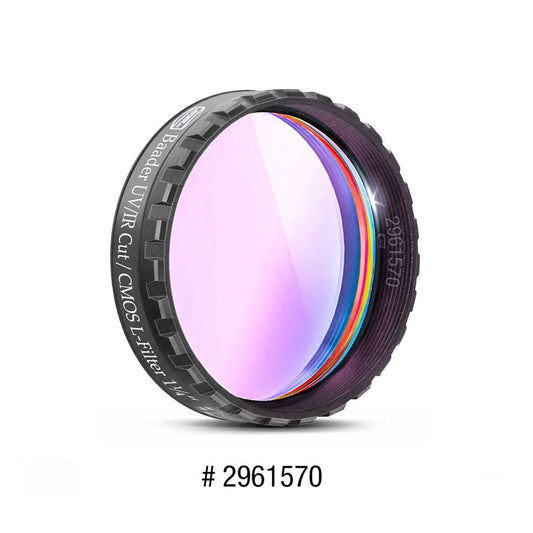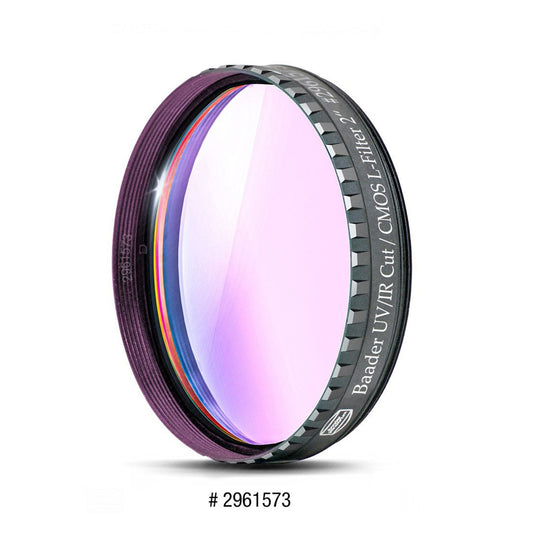Planetary Filters: A Guide to Enhancing Planetary Observations and Imaging
Planetary filters are a valuable tool for enhancing the observation and imaging of planets in astronomy. They help to block out unwanted light and enhance the contrast and details of planetary features. In this blog post, we'll explore what planetary filters are, how they work, and their uses in astronomy.
What are Planetary Filters?
Planetary filters are specialized filters that are designed to enhance the observation and imaging of planets in astronomy. They work by blocking out unwanted light and enhancing the contrast and details of planetary features. There are several types of planetary filters available, each designed to isolate specific wavelengths of light.
Types of Planetary Filters
Color Filters
Color filters are the most common type of planetary filter. They work by isolating specific colors of light and enhancing the contrast and details of planetary features. Red filters are ideal for observing Jupiter and Saturn, while blue filters are best for observing Mars and Venus.
Polarizing Filters
Polarizing filters work by reducing glare and enhancing contrast. They are particularly useful for observing the bright surface features of the Moon and the planets. By reducing glare, polarizing filters also make it easier to observe faint details on planets.
Neutral Density Filters
Neutral density filters are designed to reduce the brightness of the planet or the Moon. They are particularly useful for observing bright objects, such as Venus or the Moon, which can be overwhelming and difficult to observe with the naked eye.
Uses of Planetary Filters in Astronomy
Observing Planetary Features
One of the most common uses of planetary filters in astronomy is for observing planetary features. By enhancing the contrast and details of planetary features, astronomers can gain a better understanding of the composition and structure of planets.
Imaging Planetary Features
Planetary filters are also commonly used in astrophotography to capture stunning images of planets. By using a planetary filter, photographers can enhance the contrast and details of planetary features, creating highly detailed and contrasted images.
Enhancing Lunar Observations
Planetary filters can also be used to enhance lunar observations. By reducing the brightness of the Moon and enhancing the contrast, planetary filters make it easier to observe the lunar surface and its features.
Choosing a Planetary Filter
When choosing a planetary filter, consider the following factors:
- Telescope Compatibility: Make sure the filter is compatible with your telescope and eyepieces.
- Wavelength: Consider the wavelength of the filter and whether it is ideal for observing the planet or object you are interested in.
- Price: Planetary filters can range in price from a few dollars to several hundred dollars. Determine your budget and choose a filter that fits within your price range.
Tips for Using Planetary Filters
Choose the Right Filter
When using planetary filters, it's important to choose the right filter for the object you are observing. Consider factors such as the planet's size, surface features, and brightness. For example, a red filter is ideal for observing Jupiter's surface features, while a blue filter is better for observing the polar caps on Mars.
Use a Stable Mount
When observing planets with a telescope and planetary filters, it's important to use a stable mount. Even the slightest vibration or movement can cause blurring or distortion in the image. Consider using a sturdy equatorial mount or a tripod with a motorized tracking system for the best results.
Adjust the Exposure
When imaging planets with planetary filters, it's important to adjust the exposure time and ISO settings on your camera. Experiment with different exposure times and ISO settings to find the optimal setting for the object you are observing. Additionally, use a remote shutter release or timer to reduce camera shake and blurring.
Avoid Light Pollution
When observing planets with a telescope and planetary filters, it's important to avoid light pollution. Light pollution can interfere with the contrast and details of planetary features, making it difficult to observe or image the object. Consider observing or imaging from a dark sky site or using light pollution filters.
Conclusion
Planetary filters are an invaluable tool for enhancing the observation and imaging of planets in astronomy. By blocking out unwanted light and enhancing the contrast and details of planetary features, planetary filters provide a clearer and more detailed view of our solar system. When using planetary filters, choose the right filter, use a stable mount, adjust the exposure, and avoid light pollution. With the right equipment and techniques, you can unlock the mysteries of the universe and explore the wonders of the cosmos.
More Light Pollution and Filters Topics:
- What Filters do I need for Astrophotography
- Top 10 Best Filters for Astrophotography
- Hydrogen Alpha Filter
- Optolong l-Pro vs l-Enhance vs l-Extreme
- Solar Telescope Filters
- Best Filter for Galaxies
- ND Filter for Astrophotography
- Light Pollution Filters for Telescope
- Light Pollution Filter for DSLR
- Astrophotography Filter Drawer
- What Filter to use for Astrophotography
- How to put a Filter on a Telescope
- Best Light Pollution Filter for DSLR Astrophotography
- How does Light Pollution affect the visibility of Stars
- Light Pollution Definition
- Do Light Pollution Filters work
- Light Pollution Filter Astrophotography







